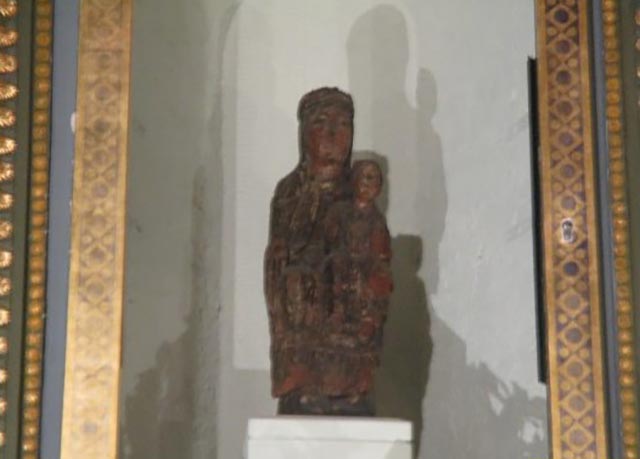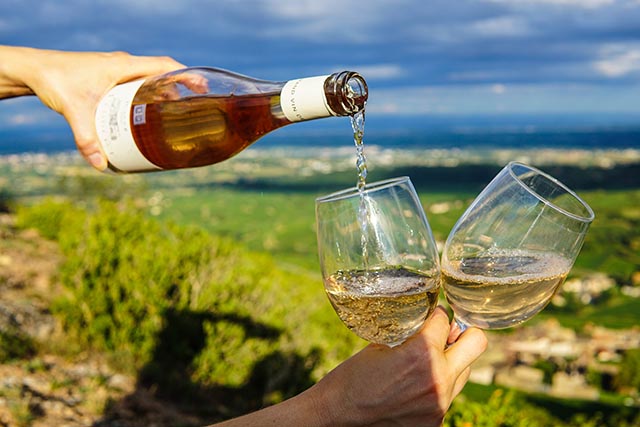
I lay some blame on the Monty Python comedians, whose satire sometimes poked fun at rude French waters and annoying wine snobs. It’s no wonder there are folks who have never been to Europe who feel intimidated or awkward when they consider traveling to foreign places that are outside of their comfort zones.
It’s true that, when you visit and experience the South of France where Mary Magdalene lived, (to paraphrase what Dorothy said to Toto) you won’t be in Kansas anymore.
That’s why it’s easier to travel abroad when you’re part of a group of like-minded women (and maybe the odd man) in a tour that’s led by someone like Kathleen McGowan, who was born and raised in Los Angeles, but whose curiosity has led her to exotic lands.
Kathleen’s tours are remarkable for the richness of the experiences she offers. You can read about Mary Magdalene in books and listen to podcasts that describe her teachings. But they can’t compare with actually being in the places where The Magdalene lived, and literally walking on the same ground where her feet once touched.
Kathleen creates itineraries that include more of the local culture and traditions than just museums and historic attractions. For example, on the outskirts of Aix en Provence, after we visit an ancient temple associated with Mary Magdalene, we’ll stop at a nearby vineyard for a tasting of the local “Coteaux d’Aix” rosé wine. But you can relax. It’s perfectly fine if you say a wine is “yummy” or “good”, without being expected to describe its terroir*.
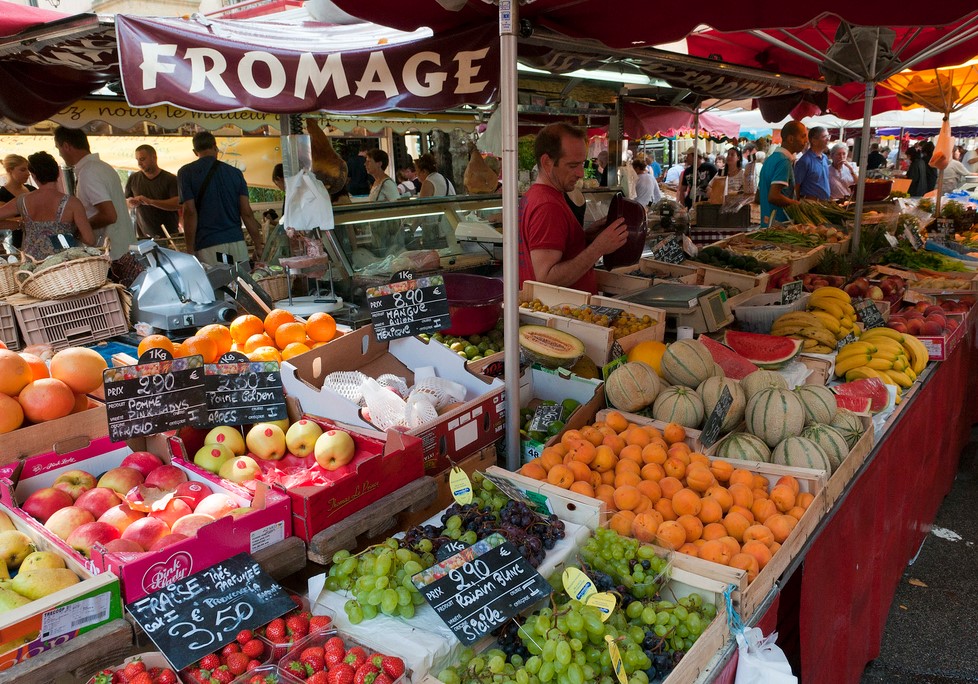
The next day, a Saturday, is market day in Aix, and we’ll walk through the narrow, cobbled streets lined with colorful stalls of farm-fresh vegetables and fruits used to create Provençal cuisine. Then we’ll drop in at a local confiserie (confectionary shop) run by a family that has been crafting candies for hundreds of years.
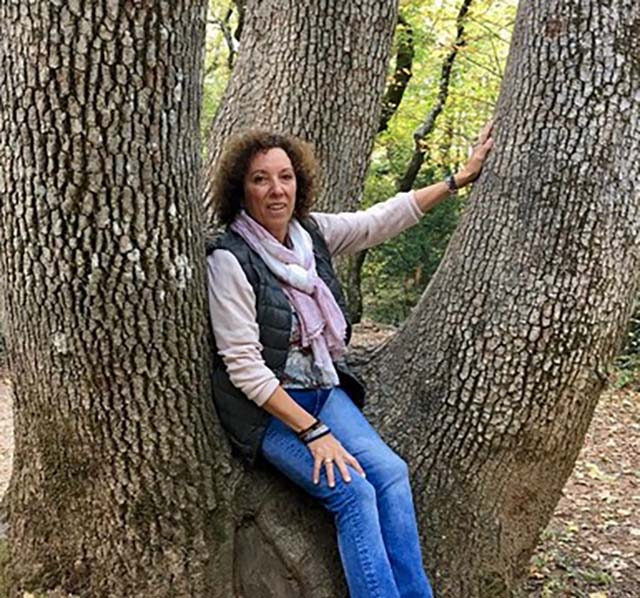
Co-hosting Kathleen’s tours is Veronique Flayol, who was born in the area and lives at the foot of the mountain where Mary Magdalene lived her last 30 years. “Roni” was the founder of an association devoted to upholding Magdalene traditions, and she has been assisting Kathleen and her groups for several years. So you can rest assured that – if you ever need to ask – there will be someone nearby who speaks both English and French, and who can help you locate the nearest toilettes publiques.
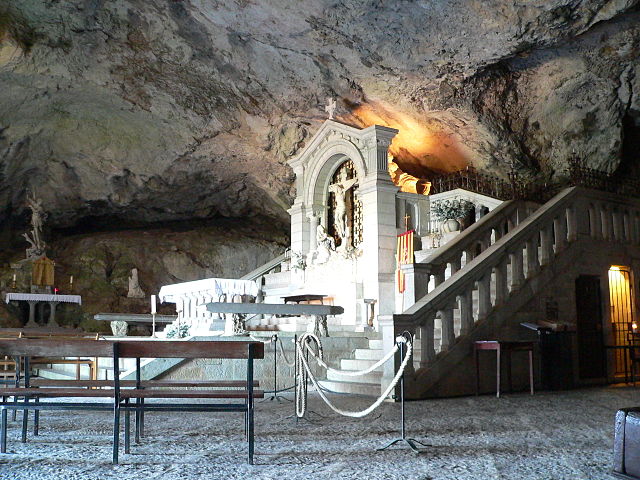
Kathleen and Roni are leading two Mary Magdalene tours in France – in July and October – and we still have a few openings in both…
July 8 – 17 – The Way of Love, Intensive Teachings of the Magdalene through the Cathars
Highlights include…
- St Salvayre, the holy site of an ancient temple to Mithras
- Minerve, the spectacular medieval town where nearly 200 Cathar leaders were burned alive in 1210
- Visit the “bandit town” of Mas Cabardes where Cathars were hidden from persecution
- Excursion to the mysterious village of Rennes le Chateau on France’s Bastille Day national holiday
- Climb the holy mountain of Montségur eternal symbol of Catharism
Featuring…
- Visit the oldest district of Marseilles, where Mary Magdalene preached at the temple
- Enter the Basilica St Maximin, Christianity’s third most important tomb, containing relics of Mary Magdalene
- See the Black Madonna, Notre-Dame-de-l’Espérance, in Aix en Provence
- In the walled city of Manosque, see one of the oldest Black Madonna statues, dating back to 980 AD
- Walk on the Mediterranean beach of Saintes Maries de la Mer, where Mary Magdalene came ashore with Lazarus, Martha and Mary of Bethany, and attend the Festival of the Arrival of the Marys
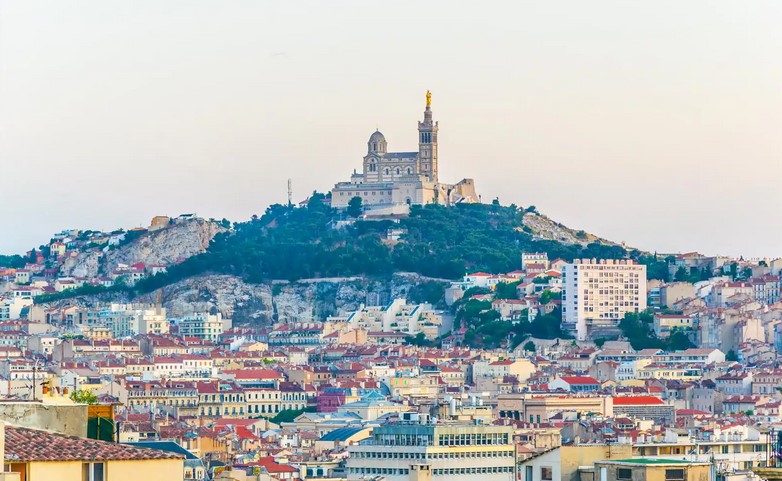
As of this writing (Tuesday morning), Body Mind Spirit Journeys has two places left on the July tour and a limited number still available for October, so you are advised to register as soon as possible to avoid disappointment.
*Footnote: Terroir [tare-WAHr] includes the subtle aspects of a wine such as soil, terrain, climate and local vinting traditions.
Photo credits:
Market in Aix-en-Provence by Anna & Michal via Flickr
Grotto Sainte Baume:No machine-readable author provided. Disdero assumed (based on copyright claims)., CC BY-SA 3.0, via Wikimedia Commons
